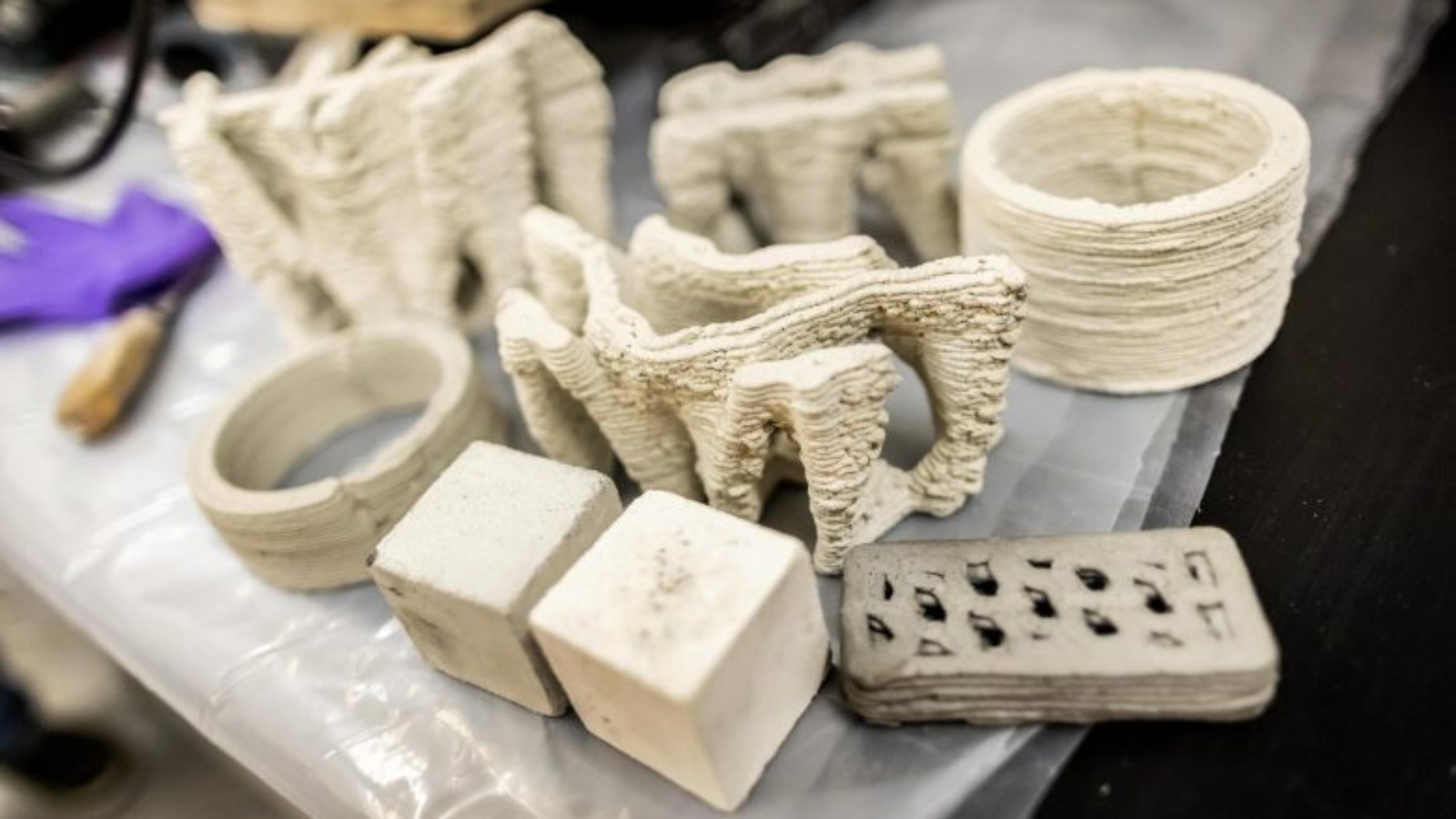According to the University of Pennsylvania (UPenn), a groundbreaking concrete innovation could change the way we build—and how we fight climate change. Researchers there have combined 3D printing with fossilized microscopic algae to create a new type of concrete that captures significantly more carbon dioxide while using less cement.
At the core of the innovation is diatomaceous earth (DE), a porous, sponge-like material made from fossilized diatoms. “I was intrigued by how this natural material could absorb CO₂,” says Shu Yang, co-senior author and materials science professor. Blended into the concrete mix, DE improves flow through a 3D printer and provides surface area for carbon capture—up to 142% more CO₂ than conventional mixes.
Surprisingly, this increased porosity didn’t weaken the material. “Usually, if you increase the surface area or porosity, you lose strength,” says Yang. “But here, it was the opposite; the structure became stronger over time.”
Manufacturing on Demand
Led by first author Kun-Hao Yu, the team perfected a printable concrete ink that maintained strength despite the complexity of extrusion. “Concrete isn’t like conventional printing materials,” Yu explains. “It has to flow smoothly under pressure, stabilize quickly after extrusion, and then continuously strengthen as it cures.”
To maximize efficiency, co-senior author Masoud Akbarzadeh’s architecture team used triply periodic minimal surfaces (TPMS)—structures seen in coral and bone—to optimize form and force distribution. “We could reduce material by almost 60%, and still carry the load,” says Akbarzadeh. Their concrete cubes retained 90% of the strength of solid versions while increasing surface-area-to-volume ratio by 500%.
The applications go beyond buildings. Yang points to marine restoration as a key area of interest: “The high surface area helps marine organisms attach and grow, while the material passively absorbs CO₂ from the surrounding water.”
Next steps for the UPenn team include scaling to full-sized floors and facades and testing alternative cement chemistries. “The moment we stopped thinking about concrete as static and started seeing it as dynamic—as something that reacts to its environment—we opened up a whole new world of possibilities,” Yang says.
You might also like:
‘Duality’ column adds some color to 3D printed concrete: While most 3D printed concrete structures we see today are uniform grey, Duality shows a new and more colorful avenue for concrete finishes. The experimental sculpture was developed by assistant professor Cristina Nan from TU Eindhoven and architect Mattia Zucco, with support from Dutch 3D printing company Vertico and is part of the larger Time. Space. Existence. Exhibition. The coloration of the concrete material was achieved using pigments from German chemical company Lanxess.
* This article is reprinted from 3D Printing Media Network. If you are involved in infringement, please contact us to delete it.
Author: Edward Wakefield


Leave A Comment